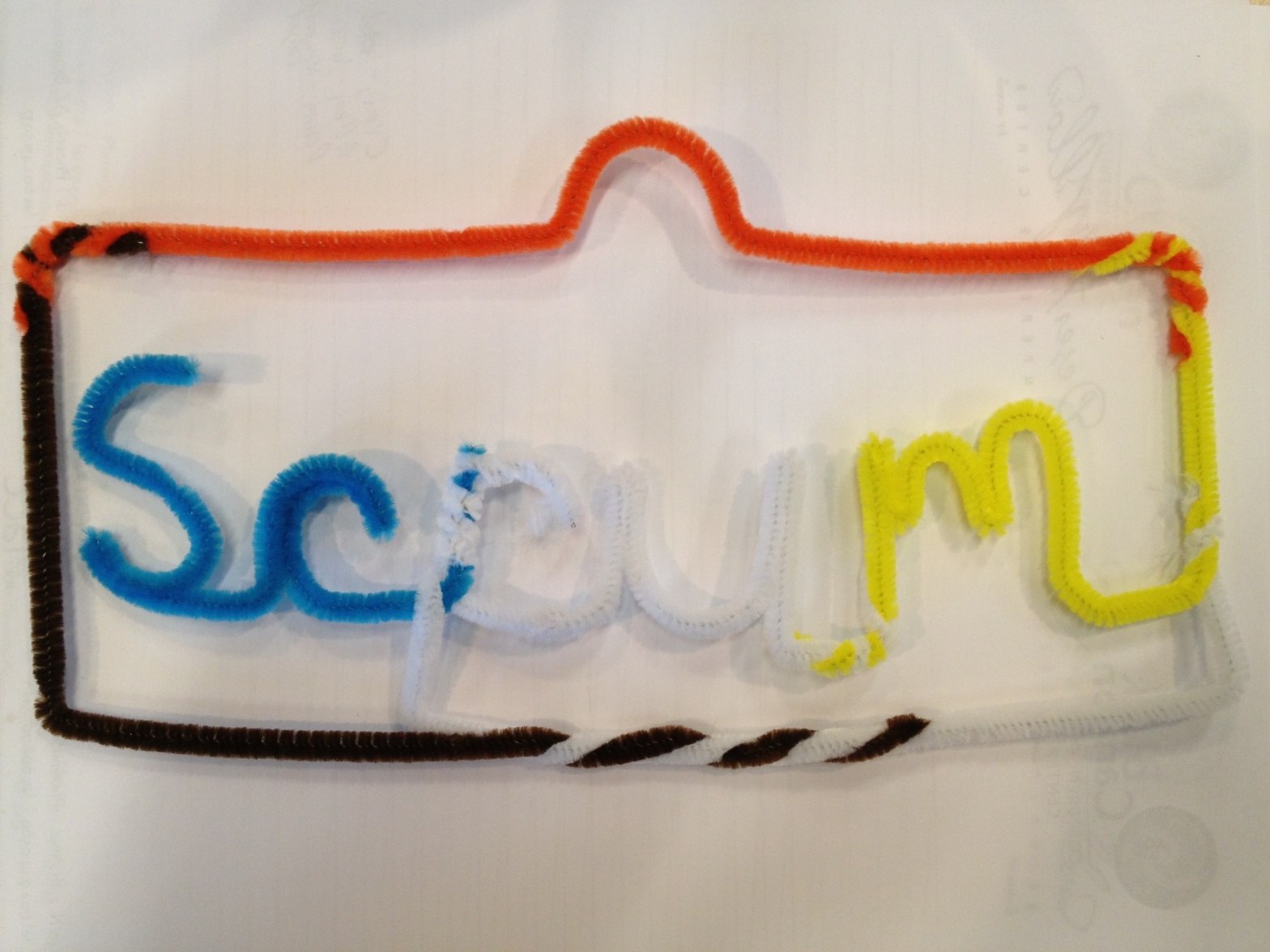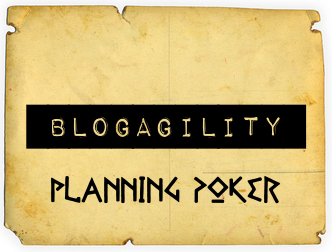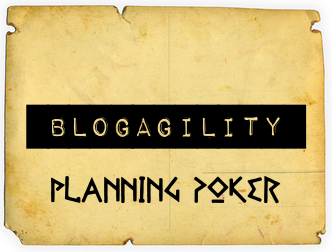 Remote teams and Lean-Agile frameworks
Remote teams and Lean-Agile frameworks
In this article I cover various strategies and methods for effectively implementing and using Agile, Scrum, Lean and Kanban (the system) for globally remote teams (virtual workforces, telecommuters). I will also attempt to debunk the myth that Scrum may not be used for remote teams. We are not going to deep dive into the “Agile” mindset, values, and principles (Agile Manifesto) or Lean thinking here. Although, they are the critical foundations for using / implementing Scrum effectively.
Over the years I have heard many people say that you can’t “do” Scrum with remote teams or some other such nonsense. I find this fascinating because I have done Scrum with remote teams for years — successfully.
Continue reading “Effective use of Lean-Agile frameworks and systems (Scrum, Kanban) for Global Remote Teams”
If you read it and found some value. Please share it:





 Remote teams and Lean-Agile frameworks
Remote teams and Lean-Agile frameworks
